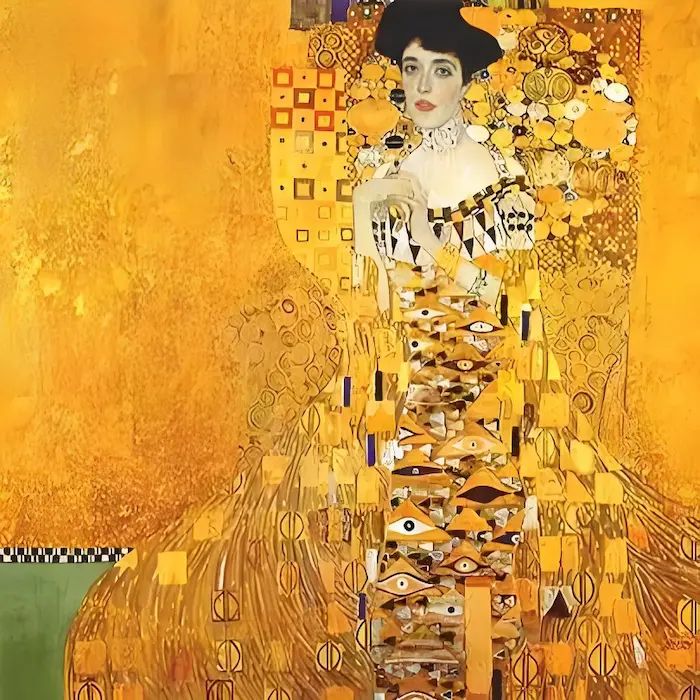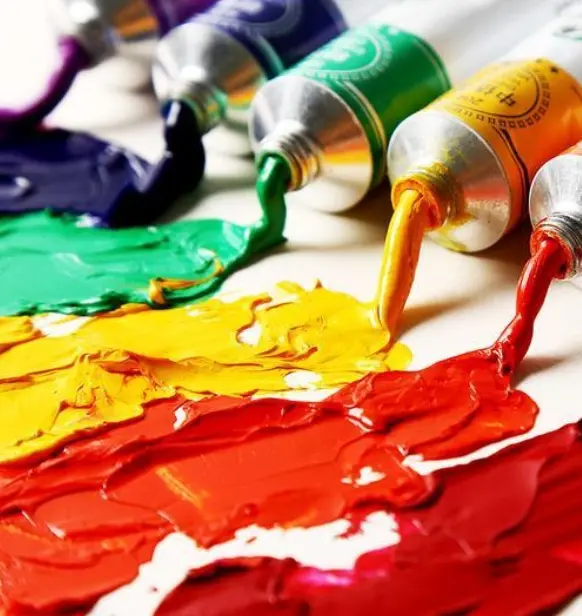Portrait painting, as an important form of expression of oil painting art, has undergone hundreds of years of development and evolution. From the pursuit of precise depiction of the figure in the Renaissance to the exploration of the inner world of the figure in contemporary art, portrait painting has always been an important medium for artists to express their personal style and the characteristics of the times. Based on multiple data sources, this report will rank the famous Western oil portrait painters and discuss their contributions and influence in the field of portrait painting.
World Famous Portrait Painters Ranking List
Comprehensive Ranking
According to the comprehensive ranking of “The World’s 100 Greatest Artists/Painters in the Eyes of Foreigners”, combined with the outstanding performance of many artists in the field of portrait painting, the following are the top-ranked famous oil painting portrait painters:
- Rembrandt van Rijn
- Dutch painter, representative of the Golden Age of Dutch painting and Baroque painting art
- Famous for works such as Night Watch
- Consistently ranked #1 on lists of a popular nature
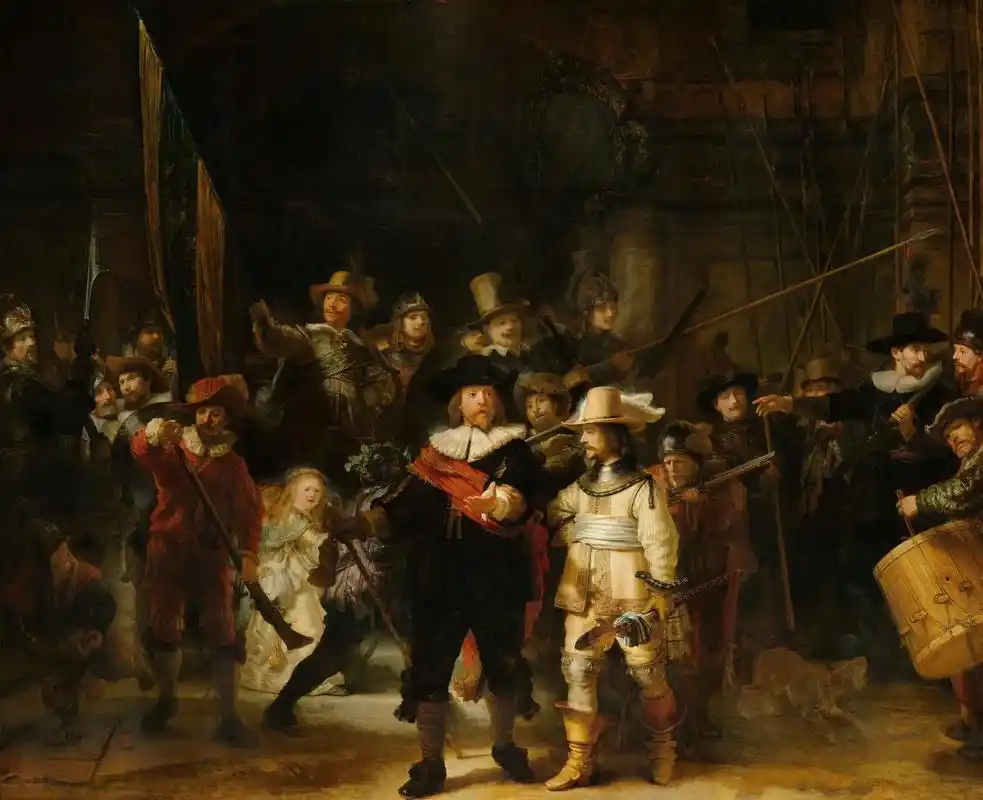
2. Leonardo da Vinci
Italian painter and scientist of the Renaissance
Famous for his monumental work, the Mona Lisa.
Ranked #1 in Ranker.com’s Human Genius Rankings
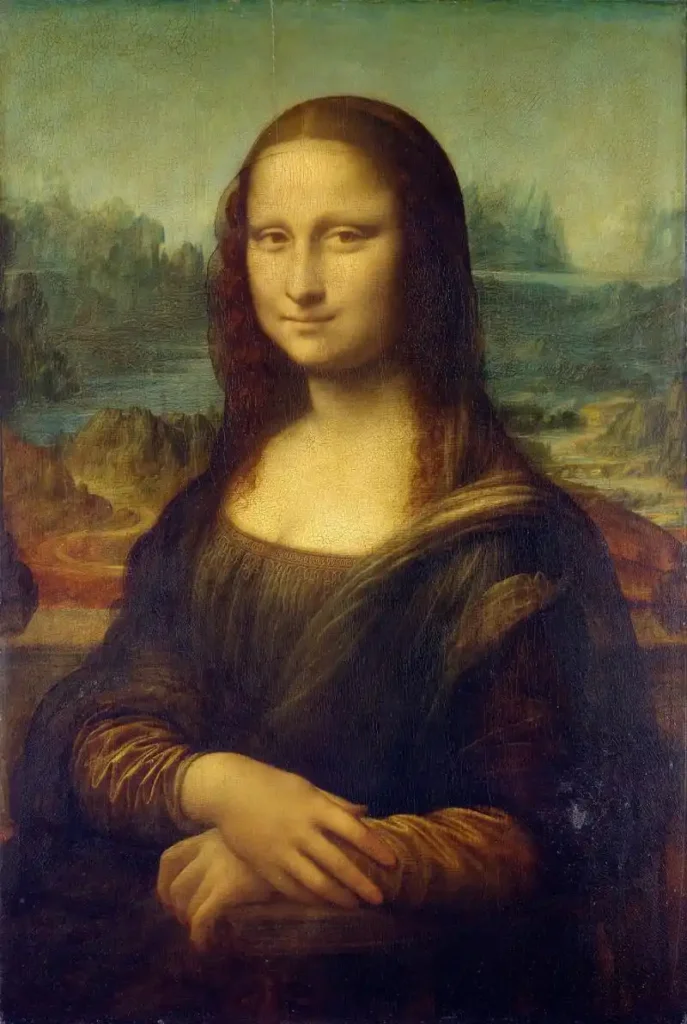
3. Frans Hals
- Dutch Golden Age portrait painter
- Known for his bold, emotional and unconventional style of painting
- Works show the free spirit of the Netherlands after independence
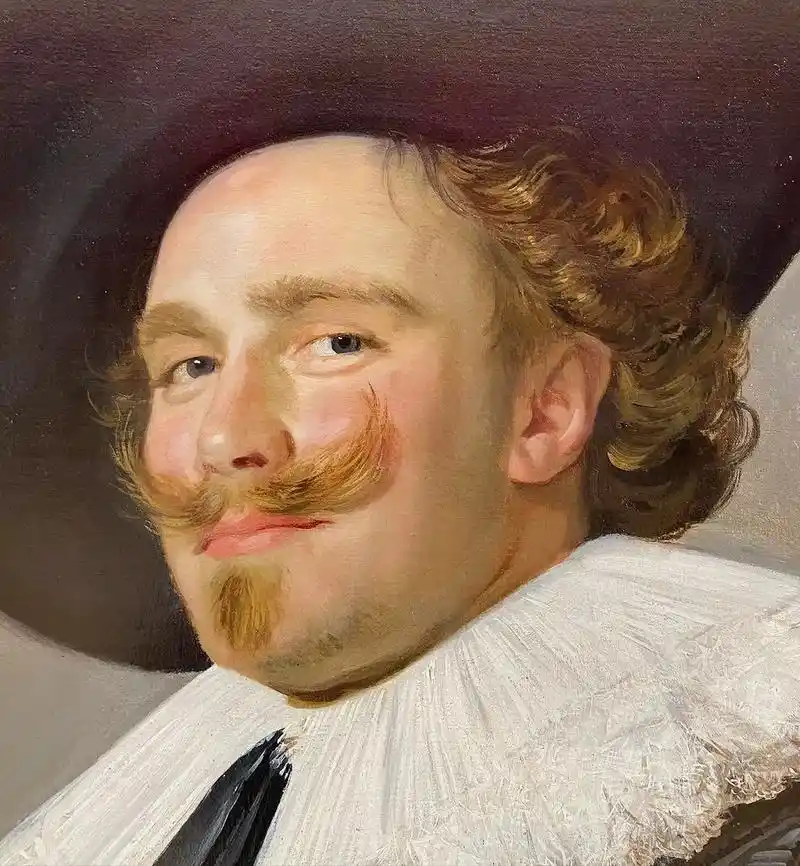
4. Pierre-Auguste Renoir
- One of the representative figures of Impressionism
- Famous for his warm, sweet, softly painted figures
- Particularly good at depicting women and children
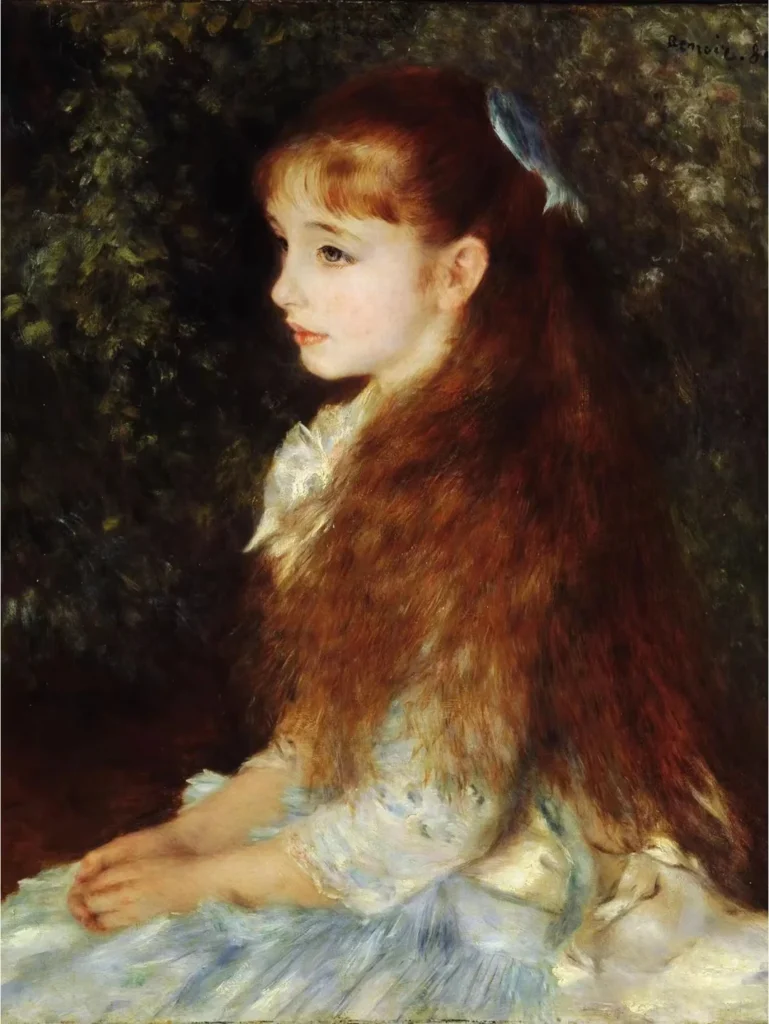
5. Élisabeth Vigée Le Brun
- The best and most famous French female portraitist of the late 18th and early 19th centuries
- Hired by Louis XV and Marie-Antoinette as a court painter
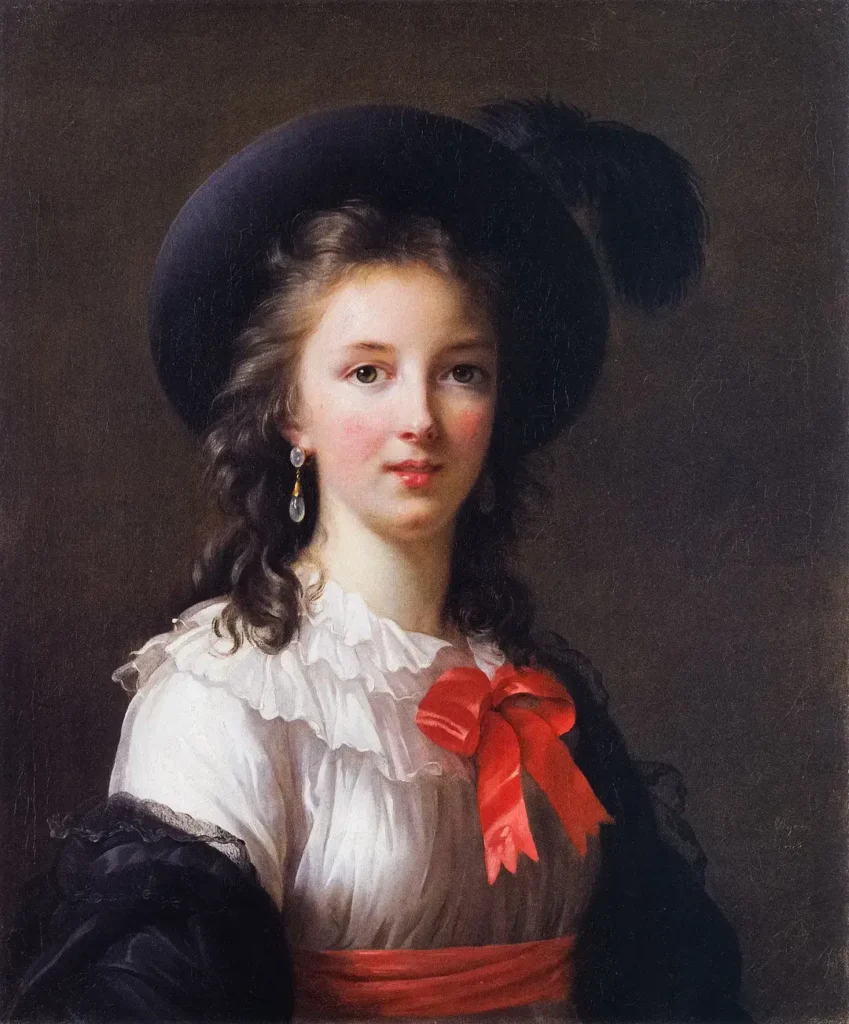
6. Thomas Gainsborough
- English portraitist, known alongside Reynolds
- Works show elegant sets and poses of figures
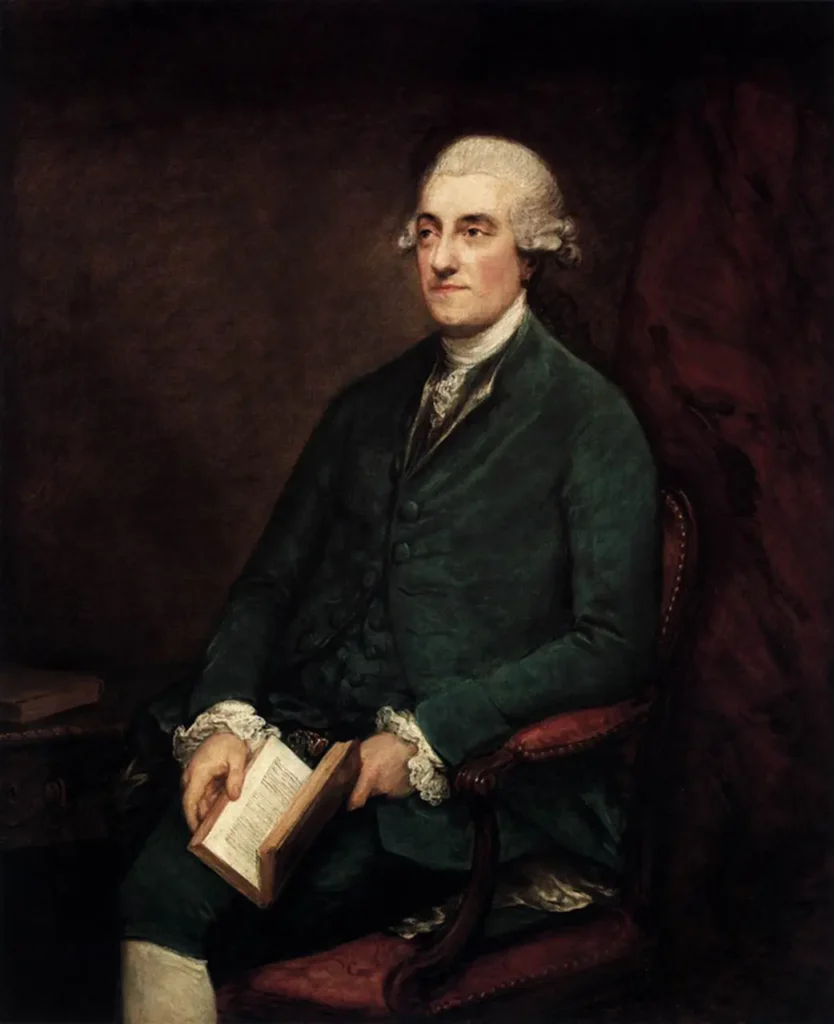
7. John Singer Sutherland
- American portraitist known for his fluid brushwork and vivid colors
- Created portraits of many celebrities
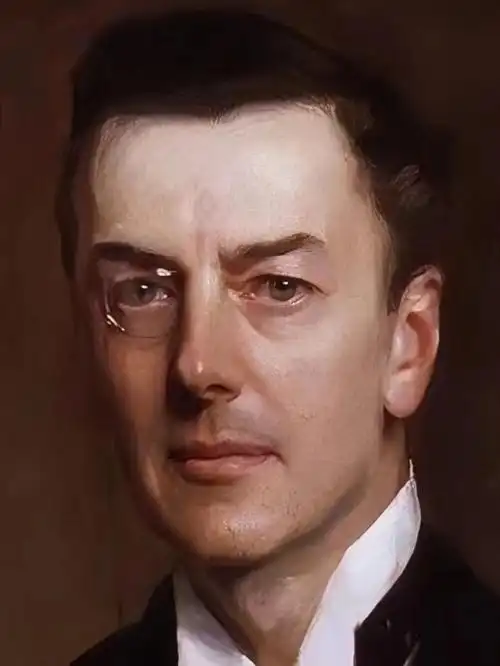
8. Andy Warhol
- American pop artist who incorporated commercial art techniques into his portraits
- Famous for his portraits of Marilyn Monroe and other celebrities
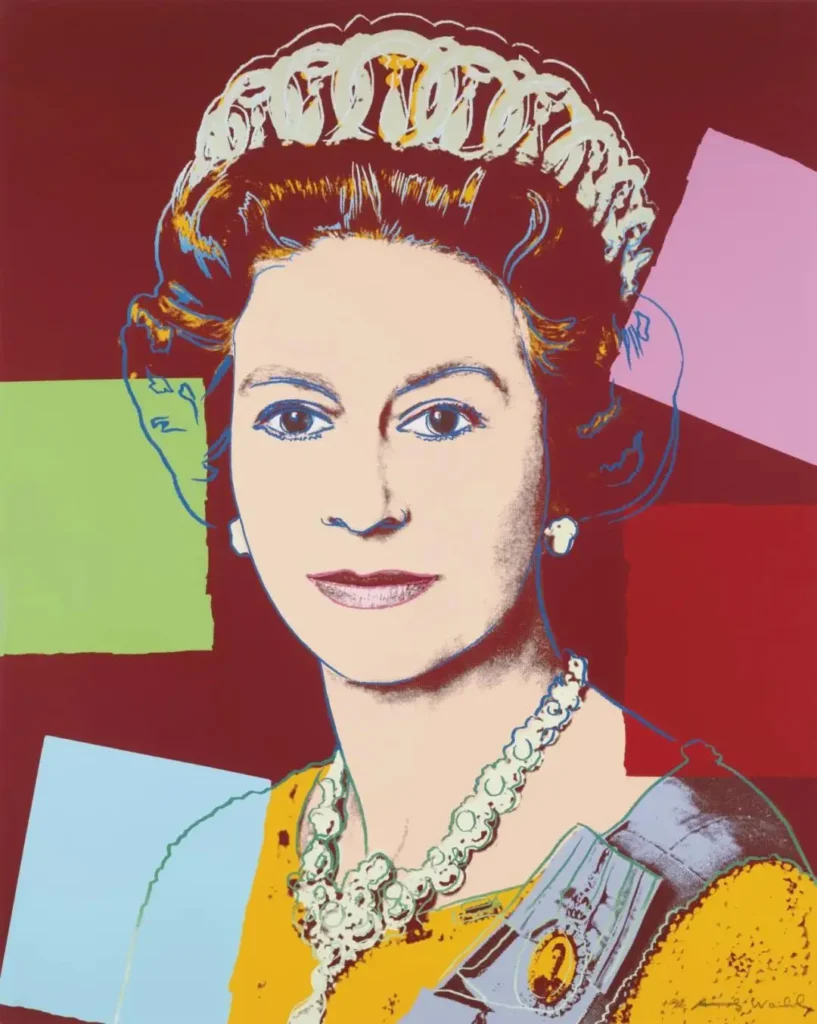
9. Francis Bacon
- British painter known for his twisted and distorted portraits of people
- Explored the inner anxieties and insecurities of modern people
10. Diego Rodríguez de Silva y Velázquez
- A representative of the Baroque art style of the Spanish Golden Age
- Painted with precise chiaroscuro to document the history and culture of Spain
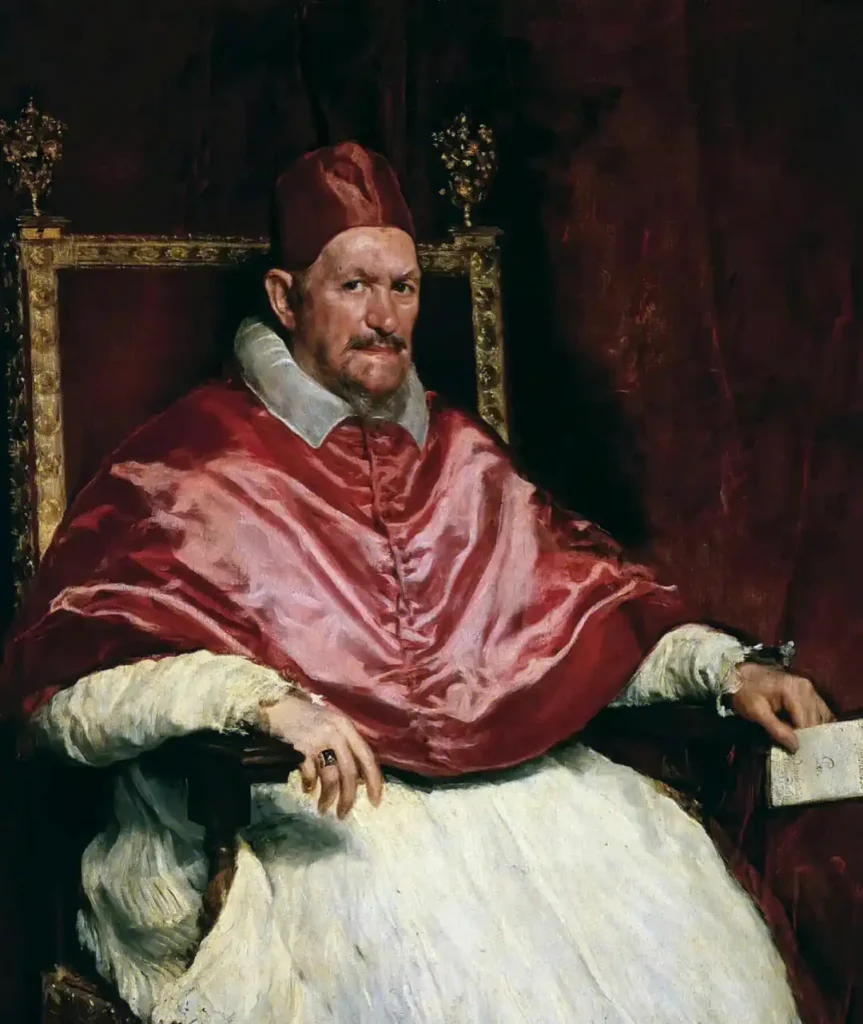
Representative painters in the field of portraiture
In addition to the above top-ranked artists, the following painters have made important contributions to the field of portraiture:
Anthony van Dyck
- One of the most famous portrait painters after Rubens
- Became chief court painter to King Charles I of England
- His works show elegant poses and magnificent costumes.
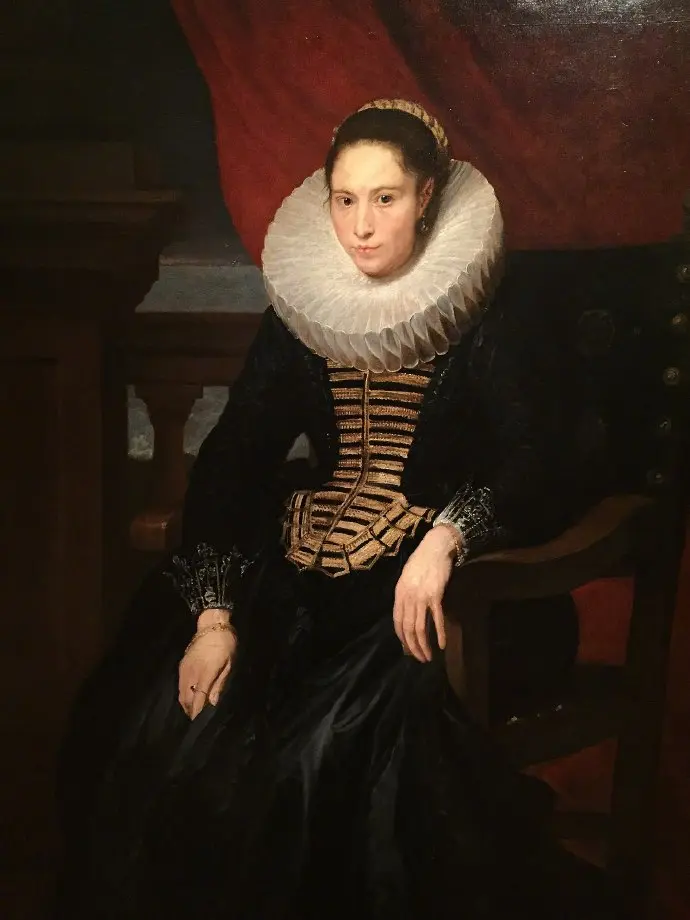
Johannes Vermeer
- Dutch Golden Age genre painter
- Famous for works such as “Maiden with a Pearl Earring”.
- Rediscovered in the 19th century and became famous worldwide
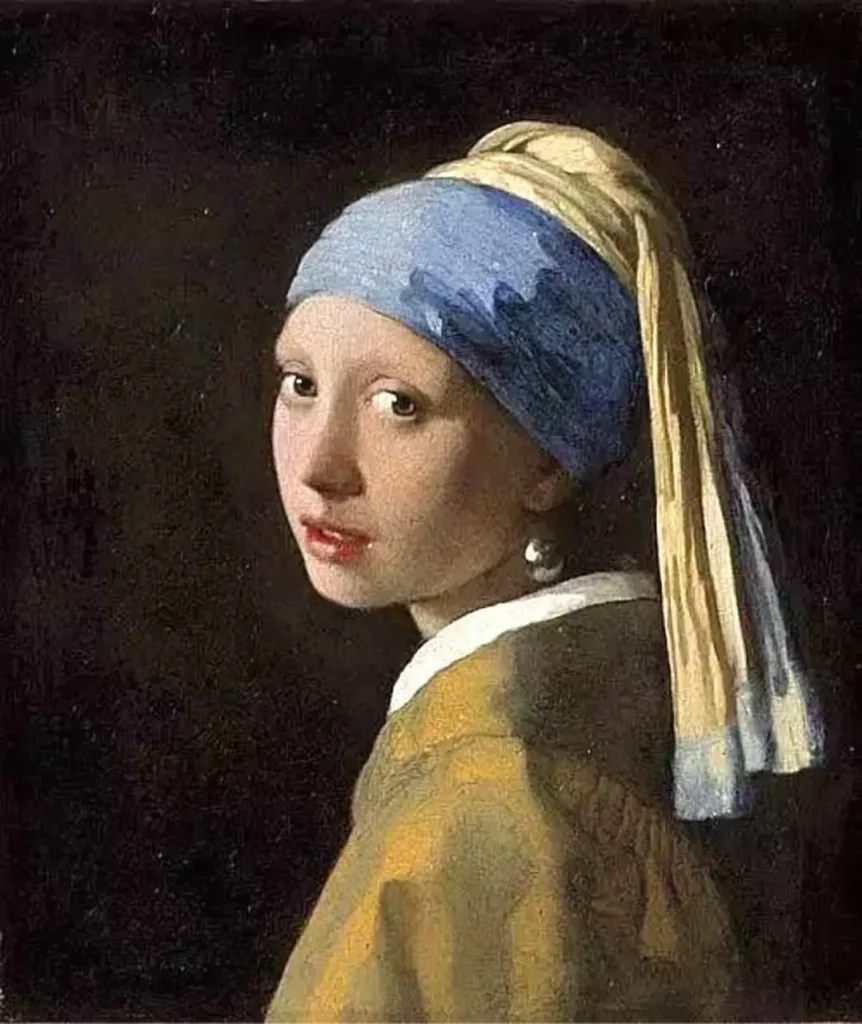
Bronzino
- Italian Renaissance painter at the Medici court.
- Painted numerous portraits of the Medici family and the Florentine elite.
- Works show classical poses and noble settings

Gilbert Stuart
- American painter known for his official portraits of the first five U.S. presidents and other prominent public figures
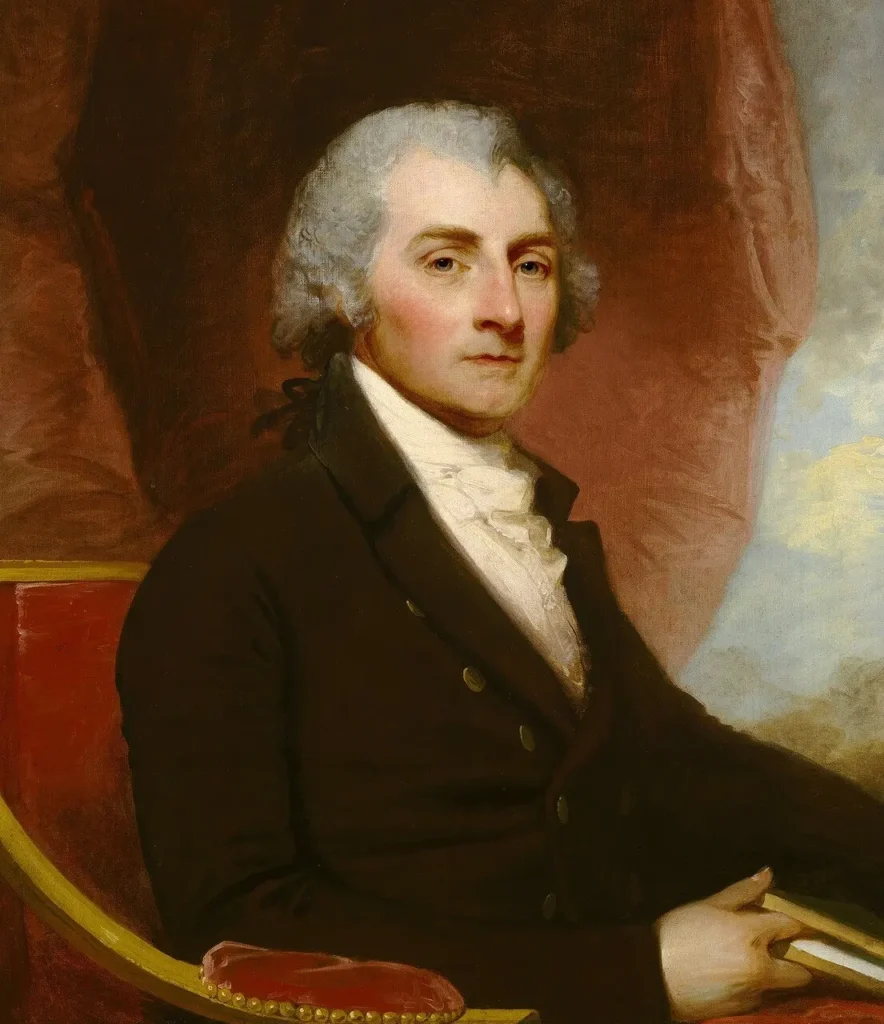
Portrait painting techniques and expressive features
Renaissance Technique
Renaissance portraitists focused on anatomical accuracy and perspective:
- Leonardo da Vinci: studied human anatomy through scientific methods to create figures with scientific basis.
- Giotto: Introduced linear perspective to give the picture a sense of three-dimensional space.
- Raphael: used the technique of chiaroscuro (soft transition between light and dark) to create three-dimensional figures.
Techniques of the Baroque period
Baroque portraiture emphasized drama and emotional expression:
- Caravaggio: used strong contrasts of light and dark (chiaroscuro) to create dramatic visual effects.
- Rembrandt: Through masterful treatment of light and shadow, he created a sense of deep space and the inner world of the figure.
- Rubens: Using smooth brushstrokes and vivid colors to express the movement and vitality of the figures.
Techniques of Impressionism and Post-Impressionism
Impressionist and Post-Impressionist artists were concerned with the effects of light and shadow and the expression of color:
- Monet: Used quick brushstrokes to capture changes in light and color, expressing the momentary impression of the figure in a particular light.
- Renoir: used soft, fluid brushstrokes to express the texture of the figure’s skin and the soft transitions of light.
- Van Gogh: Using powerful, swirling brushstrokes to express the inner emotions and mental state of the figure.
Techniques of the Modern Art Period
Portraits during the Modern Art period emphasized more on the expression of forms and concepts:
- Picasso: used geometric shapes and multiple angles of expression to break the traditional rules of perspective and composition.
- Matisse: using flat colors and simplified forms to express the spirit and emotion of the figure.
- Andy Warhol: using screen printing techniques, explored the figure and cultural symbols of the era of mechanical reproduction.
Subjects and themes of portraits
Portraits of royalty and nobility
From the Renaissance to the 19th century, royalty and nobility were the main subjects of portraiture:
- Rembrandt: portraits of Dutch nobles and citizens, reflecting the social structure and values of the Dutch Golden Age.
- Velázquez: for the Spanish royal family, documenting the historical and cultural realities of Spain.
- Reynolds: portraits of English aristocrats, works showing classical poses and regal settings.
Religious and Mythological Portraits
Religious and mythological figures figure prominently in portraiture:
- Leonardo da Vinci: produced a large number of portraits with religious themes, such as the Savior.
- Raphael: famous for his Madonna, showing classical elegance and harmony.
- Caravaggio: created a large number of portraits with religious themes, such as “St. Matthew Called”.
Self-Portrait
As a special form of portrait, self-portrait reflects the artist’s self-knowledge and inner world:
- Rembrandt: left many self-portraits in his life, recording the changes from youth to old age.
- Van Gogh: created several self-portraits that explored psychological depth and emotional expression.
- Bacon: through distorted and deformed self-portraits, he expressed the inner anxieties and insecurities of modern man.
Portraits of everyday life and ordinary people
Since the 19th century, artists began to focus on the lives and portraits of ordinary people:
- Courbet: created a large number of portraits of workers and peasants, reflecting the artistic concept of realism.
- Sargent: painted portraits of socialites, capturing the personality and temperament of the characters.
- Lautrec: depicted dancers, prostitutes and lower class people in Montmartre, showing the nightlife and urban culture of Paris.
Western oil painting portraits have experienced a long course of development from the Renaissance to contemporary art, reflecting the social and cultural backgrounds and artistic aesthetic concepts of different periods. From the classic works of masters such as Leonardo da Vinci and Rembrandt to the innovative expressions of modern artists such as Andy Warhol and Bacon, portrait painting has always been an important medium for artists to express their personal style and characteristics of the times. By combing through the rankings of famous Western oil portrait painters, we can better understand the development lineage and artistic value of portraits, and appreciate the unique interpretations and artistic expressions of the artists’ characters in different periods.

